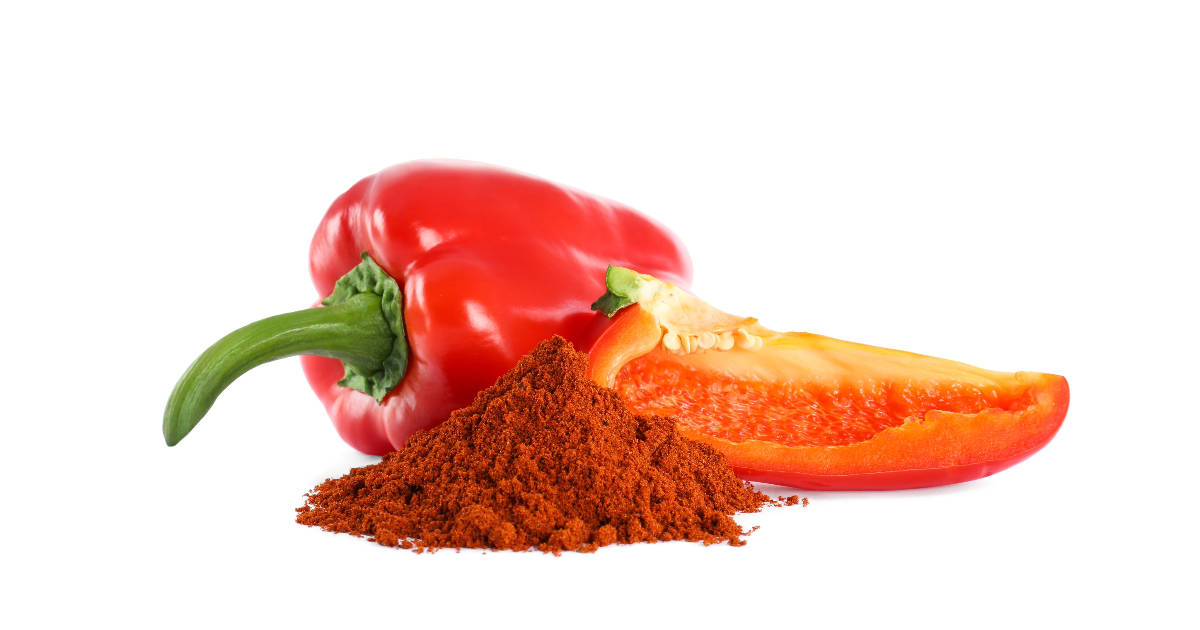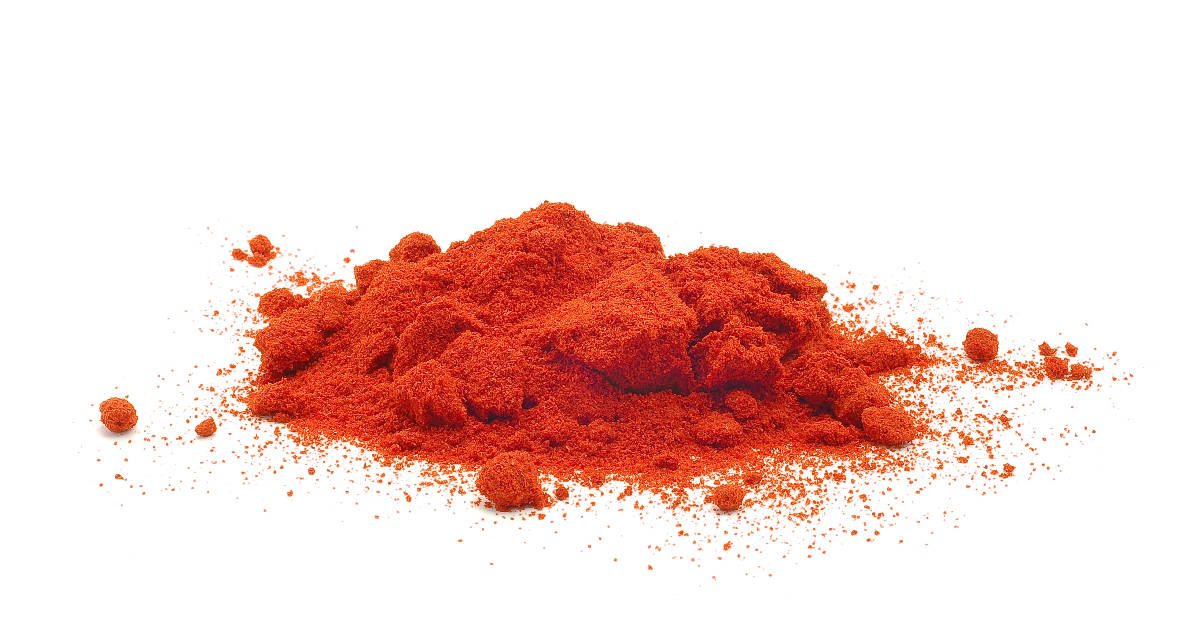Paprika is a versatile and flavorful spice that comes from ground-dried peppers. This bright red powder can add flavor, color, and health benefits to many dishes.

Keep reading to learn all about the different types of paprika, how to cook with paprika powder and the many health benefits it provides.
Types of Paprika Powder and Their Uses

There are a few main varieties of paprika powder, each with its own distinct flavor profile:
Sweet Paprika
This is the most common, mild paprika found in most supermarkets. It has a sweet, subtle flavor without much heat, making it very versatile. Sweet paprika is great for adding color and a touch of flavor to foods like deviled eggs, pasta, potato salad, fish, and chicken.
Hot Paprika
Hot paprika packs more punch, with a spicy kick of heat. Popular in Hungarian cooking, hot paprika can be used in stews like goulash, and brings delicious flavor to meats when used in a rub. Be careful not to use too much hot paprika, as it can make dishes quite spicy.
Smoked Paprika
Smoked paprika, also called Spanish paprika or pimentón, has a rich smoky flavor from being dried over oak fires. It comes in sweet, hot, and spicy-smoked varieties. Smoked paprika is fantastic for adding deep smoky notes to dishes, especially proteins like meat, chicken, or fish. It's a key ingredient in many Spanish recipes.
Specialty Paprikas
There are other unique types like Hungarian paprika which comes in eight grades from sweet to spicy, and pimentón de la Vera which hails from Spain. Explore specialty markets to find new paprika varieties and experiment with their range of flavors.
Cooking with Paprika Powder for Maximum Flavor
When cooking with paprika powder, keep these tips in mind:
- Add it at the end for the best flavor, since heat can make it bitter. Stir paprika powder into finished dishes.
- Bloom in oil for fuller flavor. Briefly heat paprika in oil before adding other ingredients.
- Use small amounts as paprika can overpower. Start with 1⁄4 to 1⁄2 tsp per pound of meat or veggies.
- Pair with spices like garlic, cumin, oregano, cinnamon, and black pepper.
- Add to rubs and marinades for meats, especially lamb, chicken, pork, and fish.
- Sprinkle on eggs, potato dishes, dips, shellfish, soups, stews, and roasted veggies.
- Use as a garnish to add color and mild flavor to foods.
- Substitute carefully as varieties differ in flavor. Smoked paprika cannot be swapped evenly for sweetness.
The Many Health Benefits of Antioxidant-Rich Paprika
In addition to making food tastier, paprika powder delivers a host of healthy perks. Here are some of its top benefits:
Promotes Heart Health
The antioxidants in paprika called carotenoids may help reduce "bad" LDL cholesterol and improve cardiovascular health. The capsaicin in hot paprika also helps by lowering blood pressure.
Anti-Inflammatory Properties
Compounds like capsaicin and carotenoids give paprika anti-inflammatory effects that may help reduce swelling and pain from arthritis, nerve damage, or autoimmune issues.
Protects Eye Health
Paprika contains high levels of vitamin A and antioxidant carotenoids including beta-carotene, lutein, and zeaxanthin. These nutrients boost eye health and protect vision.
May Have Anti-Cancer Effects
Studies suggest the carotenoids and capsaicin in paprika may inhibit the growth of cancer cells and tumor formation, though more research is needed.
Boosts Immunity
The red peppers used to produce paprika are packed with vitamin C, which powers up the immune system to help fight infection and illness.
Aids Blood and Heart Health
Paprika provides iron, vitamin E, vitamin K, and B vitamins like folate, thiamine, and pyridoxine. These nutrients support healthy blood and heart function.
Promotes Skin Health
Nutrients like beta carotene and vitamin E ensure paprika benefits your skin. It helps heal wounds, fight bacteria, and reduce aging.
So spice up your recipes with flavorful, antioxidant-rich paprika powder and reap the tasty health benefits! Start with just a dash and work your way up to experience the full range of flavors.
FAQ
What's the difference between regular paprika and smoked paprika?
Regular paprika has a mild, subtly sweet flavor, while smoked paprika is produced by drying peppers over an oak fire, giving it a deep, smoky taste. Smoked paprika can add a richer flavor to recipes.
What foods pair well with paprika?
Paprika complements many foods including eggs, cheese, chicken, fish, potatoes, rice, onions, tomatoes, and beans. Combine it with spices like cumin, oregano, garlic, and cinnamon.
Can you use paprika powder on your skin?
Yes, paprika powder offers skin benefits when applied topically thanks to its vitamin E content. Make a paste with oil and apply it to the face weekly to reduce acne and wrinkles. Always do a patch test first.
How should you store paprika powder?
Store paprika in an airtight container away from light and heat, or in the refrigerator. Ground paprika will stay fresh for up to 2-3 years, but for maximum flavor use within 6 months.
What dishes traditionally use paprika?
It's popular in Hungarian, Spanish, Moroccan, Indian, and Mexican cuisine. Well-known paprika dishes include goulash, chicken paprikash, chorizo, tandoori chicken, and tacos al pastor.
Conclusion
Paprika's savory-sweet flavor profile and a burst of color take dishes to the next level. Make the most of this versatile spice by using it to season meats, stews, eggs, soups, and more.
With incredible health benefits ranging from better heart health to improved vision, paprika powder is one spice you'll want to have stocked in your kitchen.

